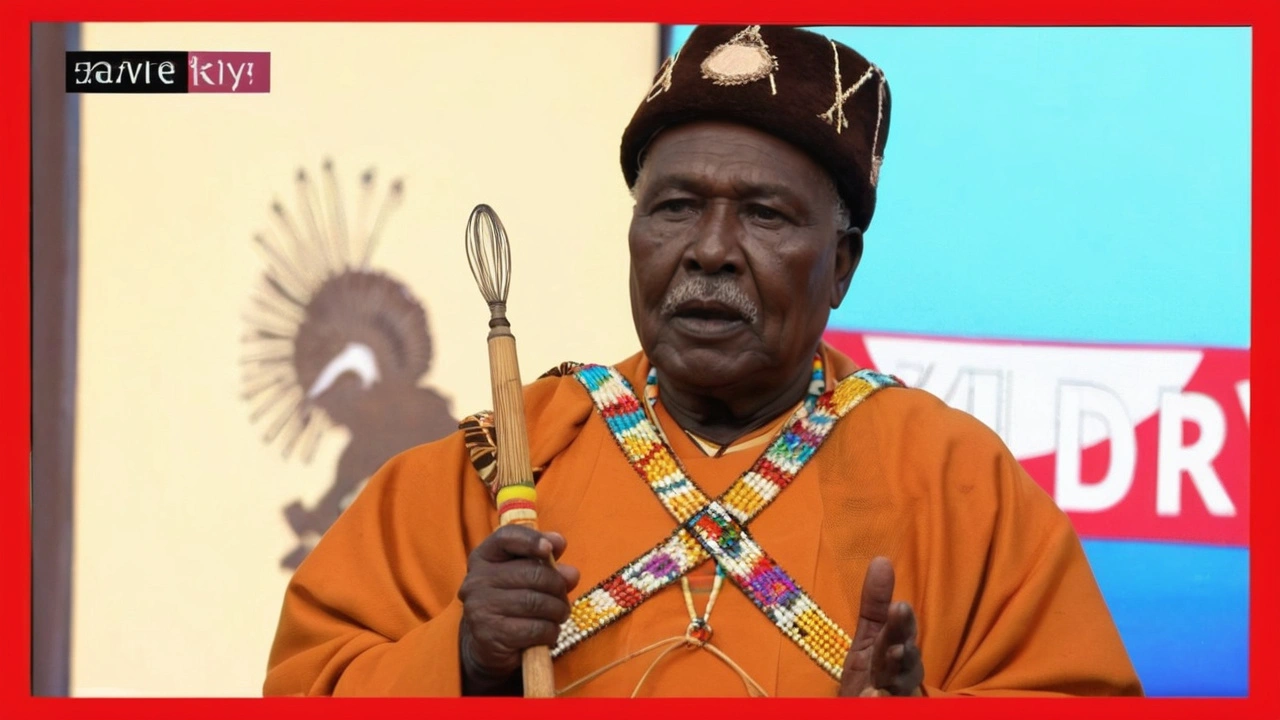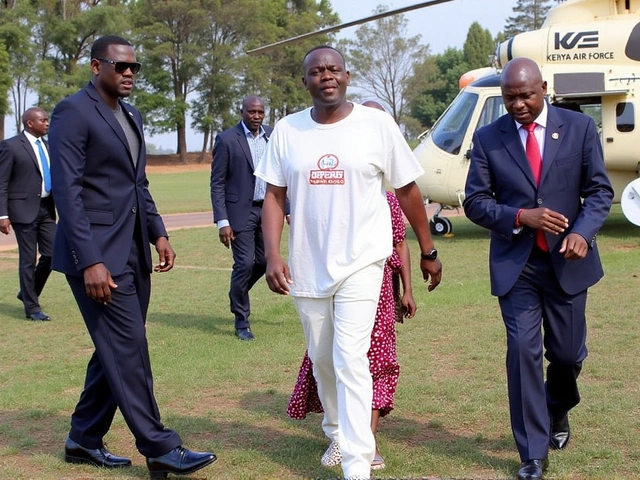Introduction to Exoplanet Research
In the realm of astrophysics, few topics have captivated public and scientific imagination quite like exoplanets—planets that orbit stars beyond our solar system. As NASA's commitment to exploring these worlds deepens, citizen science is playing an increasingly crucial role. Over 5,000 exoplanets have been confirmed, suggesting that nearly every star might host at least one such planet. This exciting field of research is set to be revolutionized by NASA's upcoming missions—the Nancy Grace Roman Space Telescope and the Habitable Worlds Observatory.
Nancy Grace Roman Space Telescope and Habitable Worlds Observatory
The Nancy Grace Roman Space Telescope and the Habitable Worlds Observatory are slated to become NASA's flagship endeavors in astrophysics. Their primary mission is to study exoplanets in greater detail than ever before. Positioned to deliver a terabyte of data to Earth every day, these missions will flood researchers with a wealth of information. This level of data generation necessitates innovative ways to process and analyze it, thereby making citizen participation more important than ever.
Role of Citizen Science
Citizen science has already been integral to many of NASA’s exoplanet research projects. Public initiatives like NASA's TESS (Transiting Exoplanet Survey Satellite) and the now-retired Kepler mission have long embraced an open science policy. This policy makes observations available to the public instantly after processing. Such transparency has enabled global citizen participation, empowering ordinary people to make extraordinary contributions to space science. The open science model has been a game-changer, allowing thousands of volunteers to classify exoplanet light curves and identify potential new worlds.
The Planet Hunters TESS Project
The Planet Hunters TESS project exemplifies the spirit of public involvement. Volunteers are invited to classify exoplanet light curves from the TESS data that is readily available online. This hands-on approach not only democratizes science but also accelerates discovery by leveraging the collective effort of thousands of volunteers. One of the distinguishing features of this project is its accessibility—anyone with a smartphone or a laptop can participate, making it true citizen science.
Exoplanet Watch
Exoplanet Watch is another fascinating initiative that exemplifies the power of citizen science. This project allows participants to gather data on known exoplanets and submit their findings to NASA’s public data archive. Remarkably, volunteers receive credit if their observations contribute to scientific papers. Interestingly, participants don't even need their own telescope—all it takes is a smartphone or laptop, and they can process data gathered by robotic telescopes curated by Exoplanet Watch.
Rob Zellem, the project lead and astrophysicist at NASA's Goddard Space Flight Center, emphasizes that this form of participatory science brings critical observations from amateurs that can save precious time on key flagship missions like the James Webb Space Telescope.

The Future of Citizen Science in Exoplanet Research
As the Nancy Grace Roman Space Telescope and the Habitable Worlds Observatory gear up for their missions, the involvement of citizen scientists will become more vital. Megan Ansdell, the program scientist for the Habitable Worlds Observatory at NASA Headquarters, underscores the community-oriented planning approach. Working groups for these missions are opening their doors to volunteers, allowing anyone passionate about space to contribute directly to groundbreaking research.
Joshua Pepper, the deputy program scientist for the Habitable Worlds Observatory, has noted that future initiatives might even integrate cutting-edge tools like artificial intelligence (AI). AI's capability in classification and anomaly detection is powerful, but it often requires human insight for final evaluations. This synergistic approach can significantly amplify the efficacy of future citizen science initiatives.
Before these new missions launch, there is still a plethora of data from the Kepler and TESS satellites waiting to be analyzed. Citizen scientists will continue to play a critical role in this interim period, sifting through data and honing observation strategies. Their contributions now will set the stage for even greater discoveries when the new wave of data begins to pour in.
Conclusion: A Collaborative Future
As NASA unlocks the mysteries of distant worlds, the symbiotic relationship between professionals and citizen scientists will only grow stronger. The open science model has set a robust foundation, and the upcoming missions will build on this legacy. Citizen science not only democratizes space research but also accelerates discovery, creating a collaborative future where anyone with a passion for the stars can contribute to our understanding of the universe.





